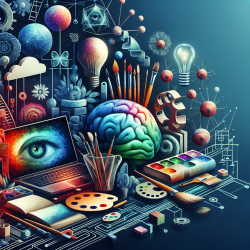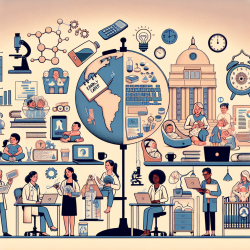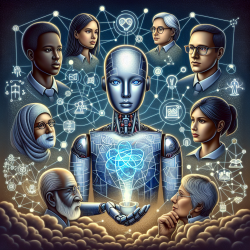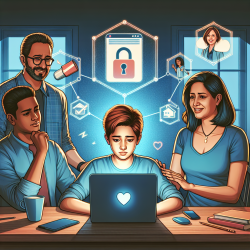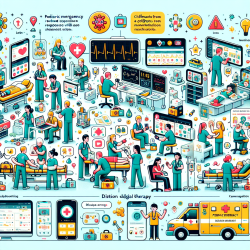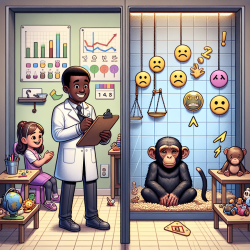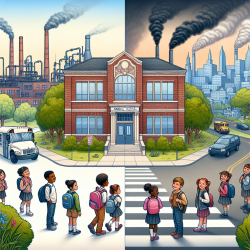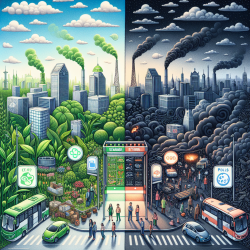Introduction
In the world of education and therapy, creativity is often seen as a crucial element for innovation and problem-solving. However, the notion that creativity in art and science represents two distinct cultures has long been debated. A fascinating study titled "Creativity in Art and Science: Are There Two Cultures?" by Andreasen and Ramchandran (2012) challenges this dichotomy, suggesting that highly creative individuals in both fields share similar neural processes.
The Research
The study utilized functional magnetic resonance imaging (fMRI) to explore the neural basis of creativity among "Big C" individuals—those recognized for their genius-level creativity in both art and science. The findings revealed that both artists and scientists exhibit similar patterns of brain activation, particularly in areas associated with higher-order socioaffective processing and the default mode network, which is active during rest and introspection.
Implications for Practitioners
As practitioners in the field of education and therapy, these findings offer valuable insights into how we can foster creativity across disciplines:
- Encourage Cross-Disciplinary Learning: Integrate art and science in educational curricula to promote a holistic approach to creativity.
- Utilize Creative Thinking Techniques: Implement techniques such as brainstorming and mind mapping to stimulate creative thought processes in both art and science.
- Foster a Collaborative Environment: Encourage collaboration between artists and scientists to leverage diverse perspectives and enhance problem-solving capabilities.
- Embrace Technology: Utilize digital tools and online platforms to facilitate creative expression and collaboration.
Encouraging Further Research
While this study provides a foundation for understanding the neural mechanisms of creativity, there is still much to explore. Practitioners are encouraged to delve deeper into this research and consider how these insights can be applied in their own practice. By fostering an environment that values creativity across disciplines, we can unlock new potentials in education and therapy.
To read the original research paper, please follow this link: Creativity in art and science: are there two cultures?
